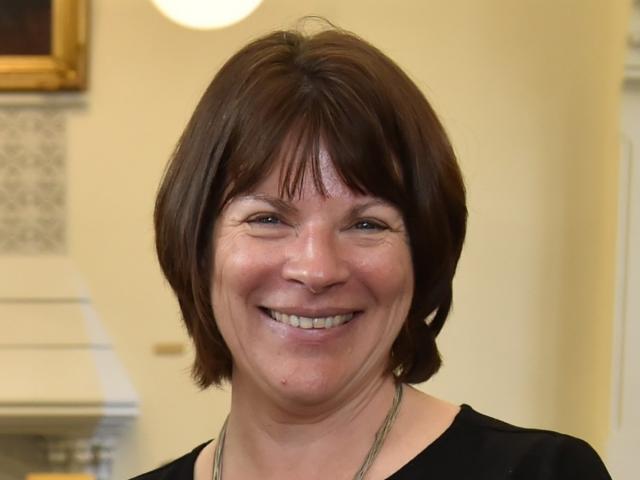
Coinciding with an intense period of university job cuts and restructuring, it is the second year running that Prof Hayne's pay increased by about that amount.
The release of the annual public sector top pay report yesterday was accompanied by a stern warning from State Services Commissioner Peter Hughes and State Services Minister Chris Hipkins that top pay will be reined in.
For the first time, entities that ignored the commission's advice on what their chief executive should be paid were identified. They were the Superannuation Fund, ACC and Telarc.

''The upward trajectory of chief executive salaries in the state sector, in particular some Crown entities, is not sustainable and it's time for change.
''Pay levels at the top end of the state sector are too high, and I've believed that for a number of years,'' Mr Hughes said.
Tertiary education institution and district health board bosses received 2.7% more on average in 2016-17, while Crown entity chiefs received on average 4.1% more.
Mr Hipkins said he had asked Mr Hughes for advice on a possible law change to curb increases.
The report revealed that former Southern District Health Board chief executive Carole Heatly received between $190,000 and $199,999, including nearly $50,000 in contractual entitlements, in her last two months.
New SDHB chief executive Chris Fleming was paid about $390,000 for his first nine and a-half months at the board which includes a portion of secondment pay to Nelson Marlborough DHB.
Otago Polytechnic chief executive Phil Ker received no increase. His pay is in the $350,000 to $359,999 bracket.
Prof Hayne's pay is in the $620,000 to $629,999 bracket, and the increase reflected a ''job re-sizing'', the report said.
An Otago University spokeswoman indicated she was unable to provide a response to questions because managers were busy with graduation ceremonies.
Tertiary Education Union national president Sandra Grey said top tertiary salaries continued to rise, increasing the pay divide on campuses.
''Otago University has pointed out that they're under real financial strain which is why they're making job cuts.
''We need to look at it in that context, and say, 'Can we justify large increases to salaries at the top when we are under financial strain?''' Ms Grey said.
Southern Institute of Technology chief executive Penny Simmonds' pay was up, partly because of performance payments covering more than one year. In 2016-17 she received $360,000 to $369,999, compared with $320,000 to $329,999 the previous year.
Departing Ministry of Health director Chai Chuah's pay increased by about $20,000 to $520,000 to $529,999.
The head of the new Ministry for Children, Grainne Moss, received $440,000 to $449,999 for her first 10 months in the role.
ACC - one of entities that defied the commission's advice - paid its chief executive $830,000 to $839,999 - up by about $20,000 on the previous year.
Comments
This mere peasant would be more than happy just to get the National Partys proposed $1000 a year tax break---
I'm in Canada, and a salary that size for that post would be utterly ridiculous. Half to one third!
But NZ has always been loony-tunes with top end salaries; I seem to remember a woman being paid a totally insane $million or thereabouts, just to read the news on TV. Even the top TV news anchors here get way less than half that, and years ago the NZ PM was paid more than the English PM!











